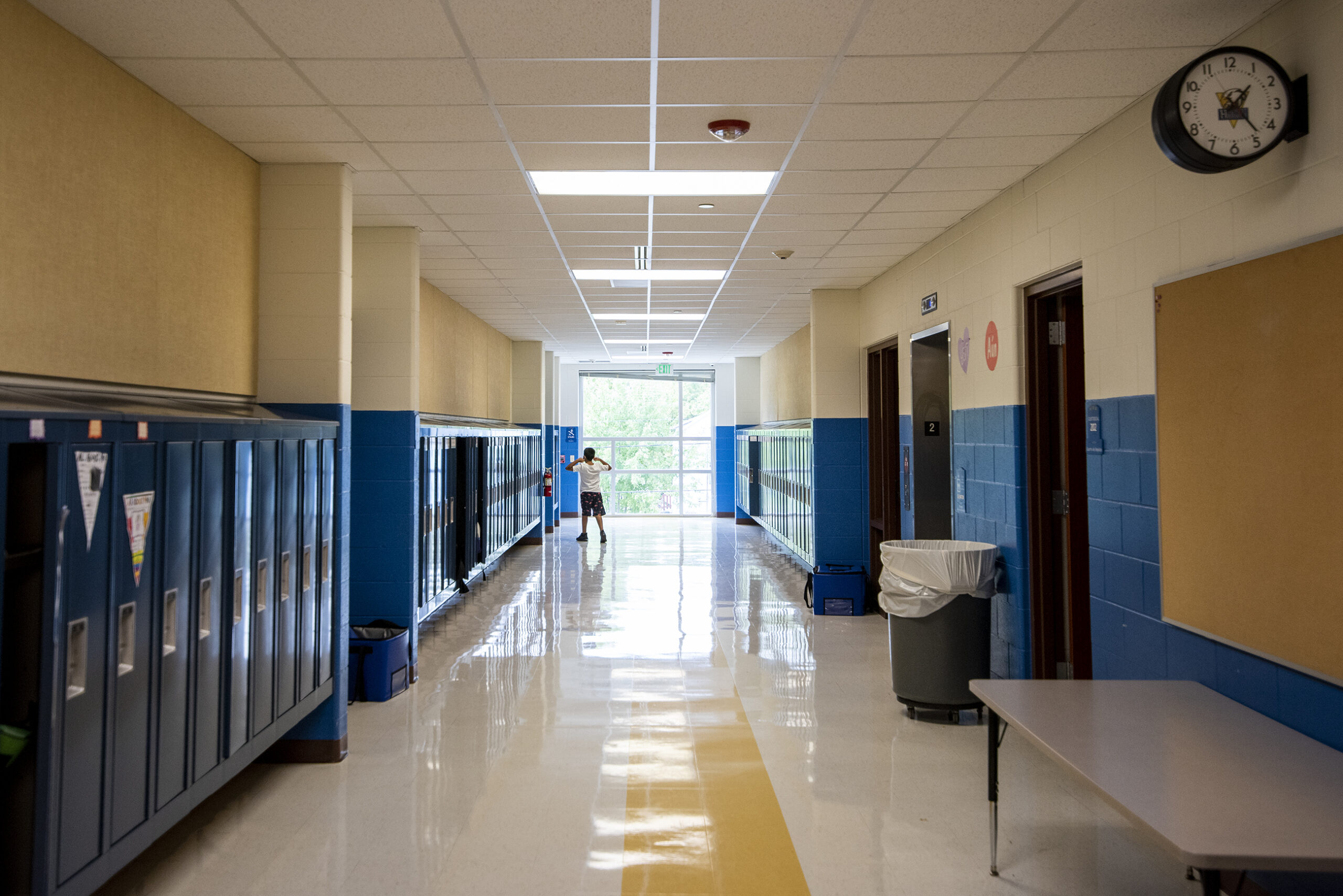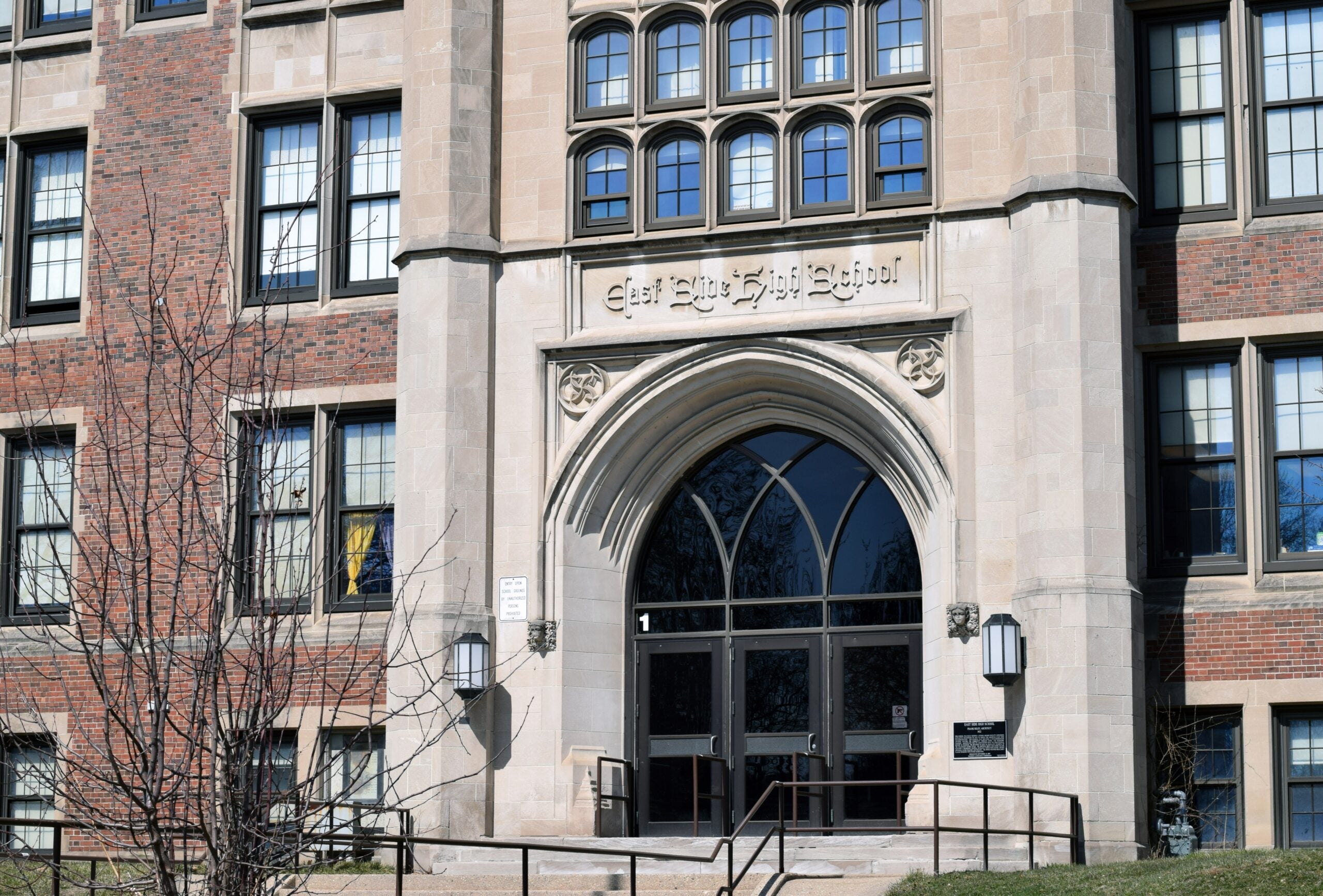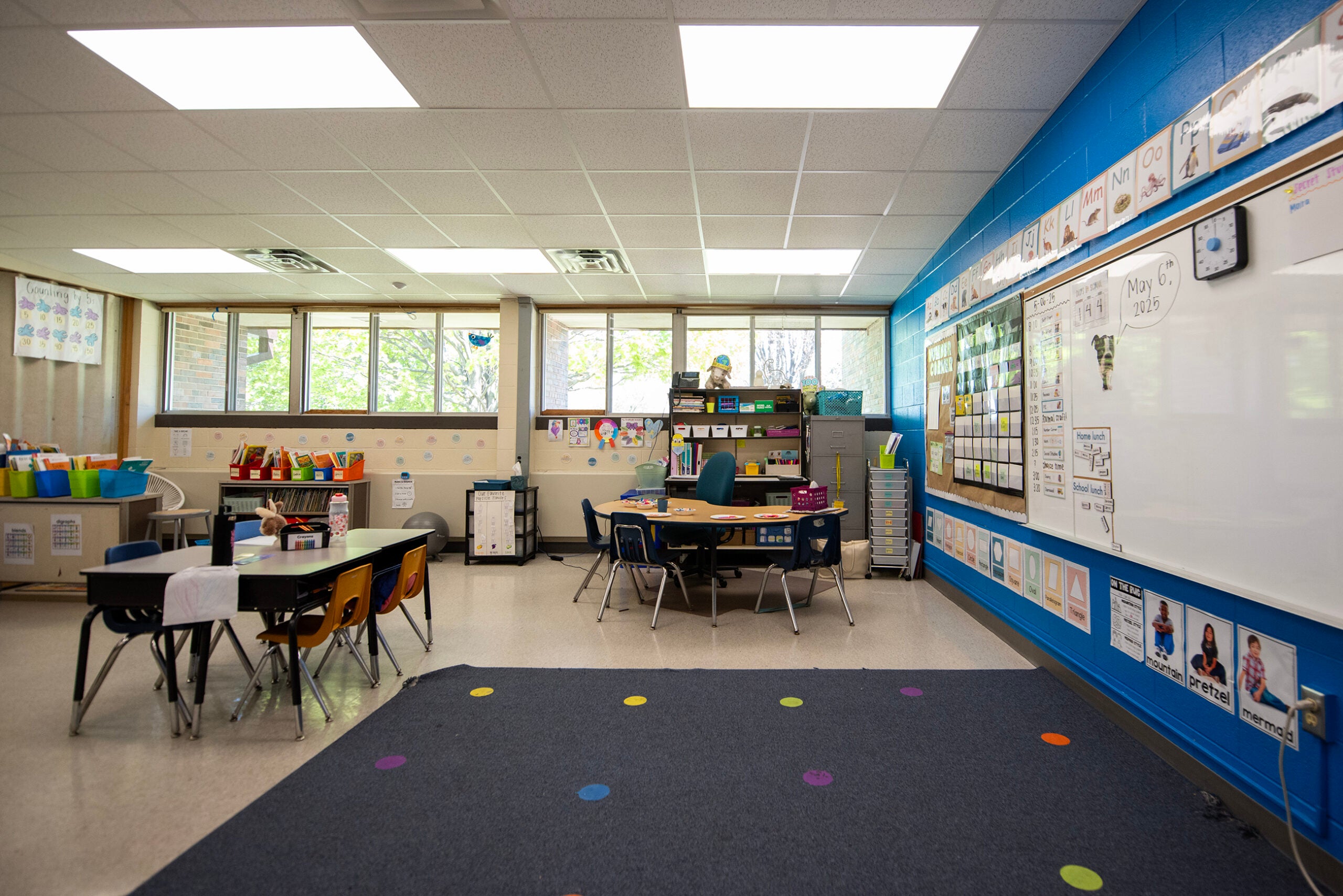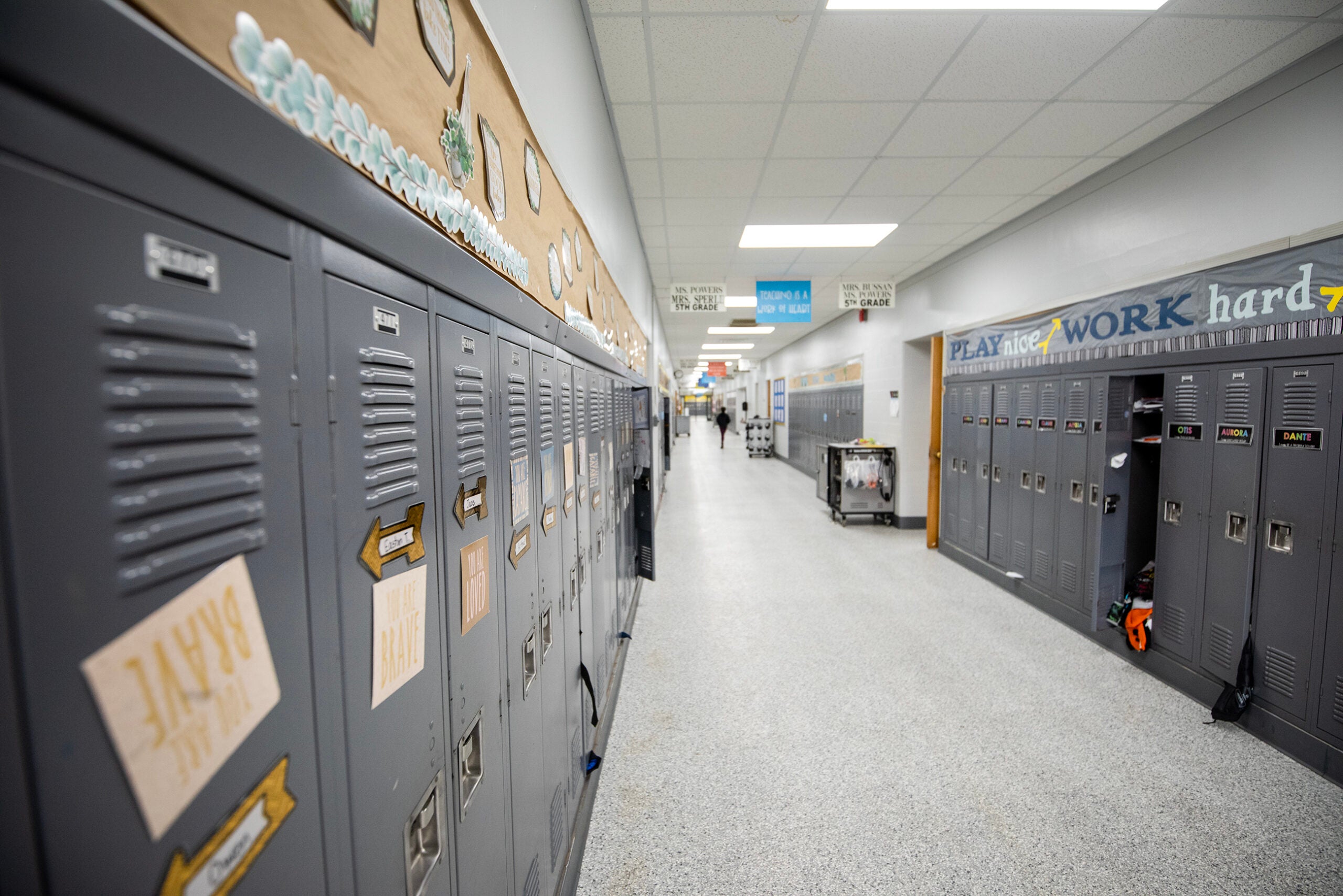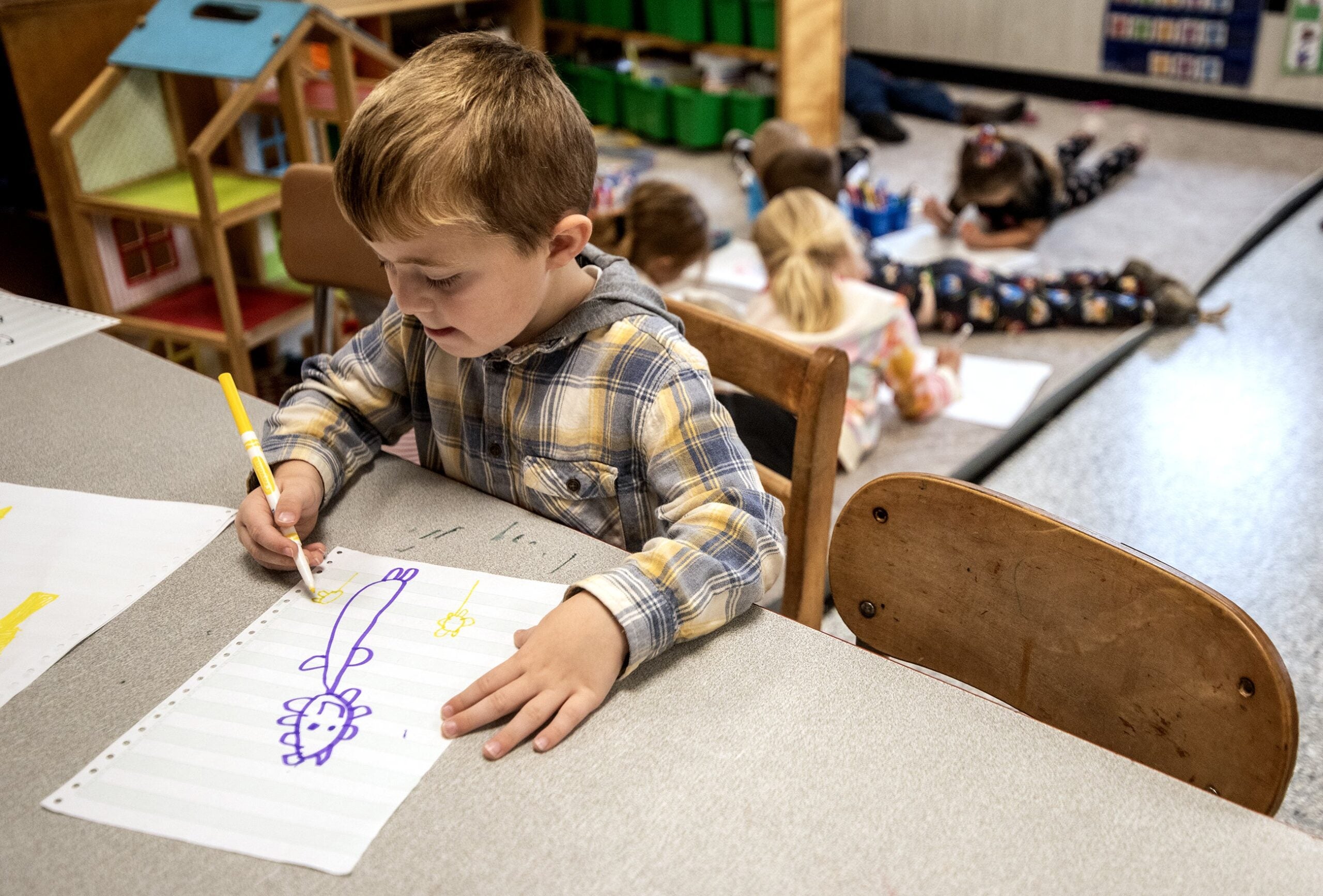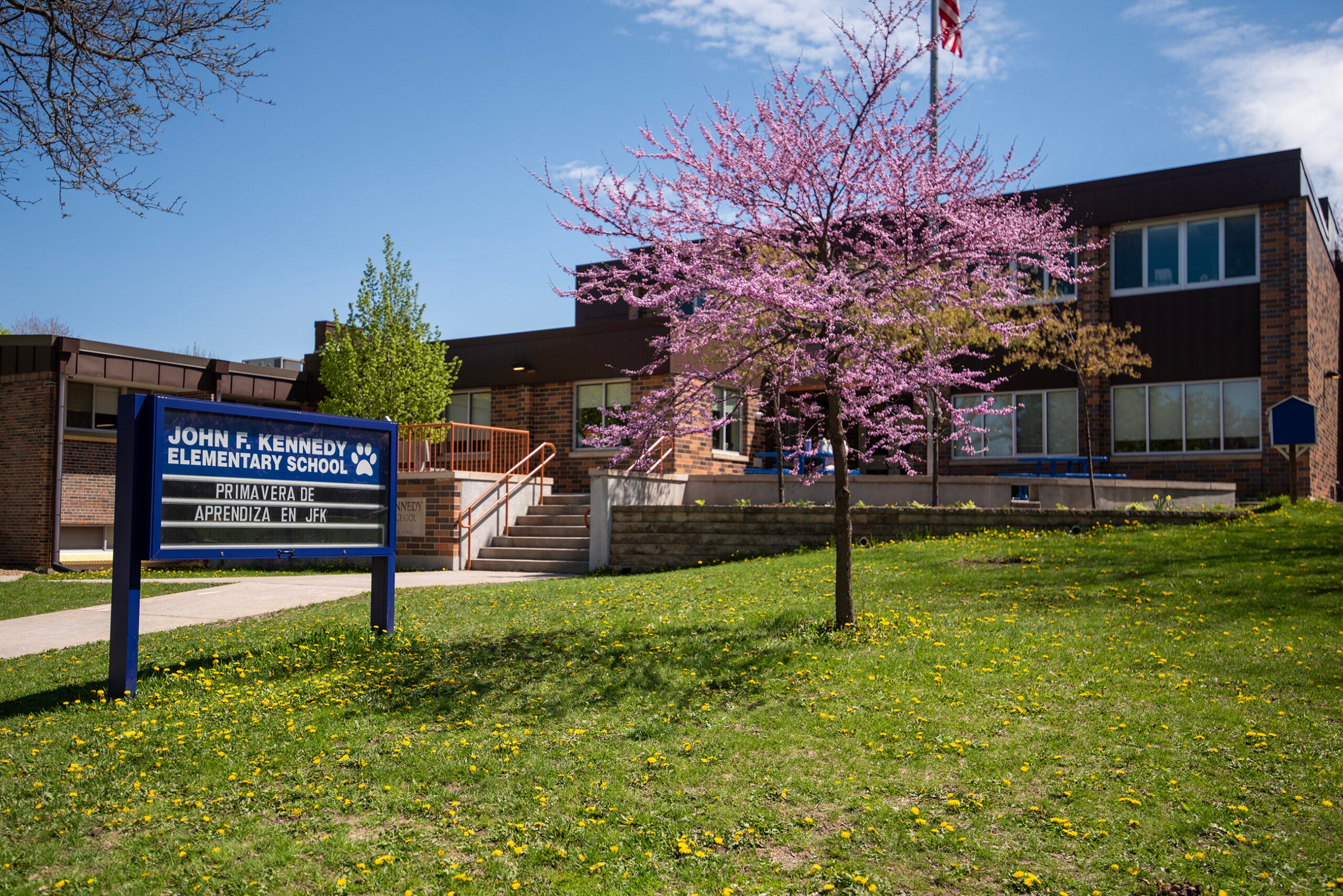A new report from the Wisconsin Policy Forum found that Wisconsin hasn’t kept pace with national growth in public education spending.
Wisconsin spent $12,740 per student on public elementary and secondary education in 2020, according to the latest data released by the U.S. Census Bureau. That’s almost 6 percent below the national average and ranks 25th in the nation for 2020.
Sara Shaw, senior education policy researcher for the Wisconsin Policy Forum, said Wisconsin only fell one ranking from 2019. But she said the decrease is the continuation of a larger trend over the last two decades.
News with a little more humanity
WPR’s “Wisconsin Today” newsletter keeps you connected to the state you love without feeling overwhelmed. No paywall. No agenda. No corporate filter.
In 2002, Wisconsin had the 11th highest per-pupil spending in the country.
“Overall, it’s been a rather dramatic drop,” Shaw said. “This doesn’t mean that we’re spending less money on education in 2020 than we did in 2002. It means that our growth in spending has been much slower than the national average growth.”
Nationally, per-pupil spending grew by about 75 percent from 2002 to 2020. That’s much higher than in Wisconsin, where per-pupil spending has increased by just under 49 percent. The Policy Forum’s report found that Wisconsin had the third-smallest increase of any state in the country, behind only Idaho and Indiana. Over that same period, inflation grew by about 44 percent.
Wisconsin saw a 4 percent decline in enrollment during that same time period — something Shaw says could have impacted the state’s per-pupil spending.
Even if statewide education spending remains flat, lower enrollment means the amount per-pupil goes up.
“It’s hard to say how much of a difference that would make. I don’t know that that would change our ranking at 25th this year,” she said. “But I think it is very reasonable to believe that our bottom line, what that per-pupil spending is, would decrease compared to what it appears now.”
Shaw said a major reason behind the slowed growth in public school spending is the decline in the state and local tax burden for Wisconsin residents over the same period.
The Wisconsin Policy Forum’s report found that from 2002 to 2019, the share of residents’ income paid in state and local taxes fell from 11.2 percent to 10.3 percent. The state went from collecting the 5th highest percentage of personal income in state and local taxes in the nation to collecting the 23rd highest over those years.
“There’s been a really concerted effort by state and local officials in Wisconsin to reduce the tax burden on Wisconsin homeowners and business owners. And at the same time, and really causally, we see that slowdown in spending on education,” Shaw said. “That probably shouldn’t be surprising to us because over 90 percent of pre-K-12 education in both the country and in Wisconsin is funded by state and local government.”
Simply put, as the state and local governments collect less in taxes, there is less money to spend on public schools.
Shaw said policymakers will have to grapple with this tradeoff in the next biennial budget. But voters will also have the chance to weigh in on whether the state is hitting the right balance, by electing state lawmakers in November or voting on referendums proposed by their local school districts to expand their budget.
How the slower growth in spending has impacted Wisconsin schools depends on who you ask, according to Shaw. Because the growth up to 2020 has stayed ahead of inflation, she said the next question to ask is whether schools have enough money to ensure that students with the greatest needs have the resources to succeed.
“Most of the education leaders that I talked to will say pretty unequivocally that we don’t have enough right now. We are not keeping pace with what we need to be able to serve our students,” she said. “A taxpayer who’s looking at their tax bill may feel differently.”
Next year’s spending data could set Wisconsin back further from the national average due to flat per-pupil revenue limits set by state lawmakers in the 2021-2023 state budget. The limits have capped what school districts can take in through general school aids from the state and local property taxes.
“It would seem reasonable to guess that Wisconsin’s ranking may fall further over the next two years because of the frozen revenue limit,” Shaw said.
She said per-pupil spending will also be affected by federal pandemic-related aid that has gone to schools over the last two years.
Wisconsin Public Radio, © Copyright 2025, Board of Regents of the University of Wisconsin System and Wisconsin Educational Communications Board.

